Wombats are marsupials native to Australia, Tasmania, and nearby offshore islands. They are four-legged terrestrial mammals, which means that they live the vast majority of their lives on the ground.
There are three different species of wombats: common, southern hairy-nosed, and northern hairy-nosed. The northern hairy-nosed wombat is listed as Critically Endangered on the IUCN Red List. Read on to learn about the wombat.
Description of the Wombat
Wombats are short, stout, furry, and objectively quite adorable. They have thick fur that varies in color from species to species and individual to individual. Their fur can be light tan, sandy grey, deep brown, and even black. All three species are around 3 ft. long, and can weigh anywhere from 44 to 77 lbs. on average. They also have powerful front legs and claws used for digging and burrowing.
Interesting Facts About the Wombat
There are virtually endless fun facts about these marsupials. They have a number of unusual and unique adaptations that will simple astound you! Learn more about wombats below.
- Square Poop – Yep, exactly what it sounds like! These creatures produce feces that is not round, not oblong, but square. Their cubic poop is used to mark territory, and because a cube rolls much less than a ball, the territory marker stays in place even in precarious positions.
- Adorable Nuisance – This cubic poop is also a dead giveaway to farmers that wombats are in the area. That and the destructive tunneling and burrows. Unfortunately, these cute little creatures are actually considered a nuisance in many areas. Burrows can damage crops and knock down fences. Cattle can even trip in wombat tunnels and break their legs.
- Mob Mentality – While common wombats are usually solitary, the hairy-nosed species’ can be found in large groups. In fact, you can find up to twelve animals in a single group sharing tunnels and foraging together.
- Rear Exit – Wombats have pouches that differ from other marsupial species. Instead of their pouch facing forward, the pouch faces backwards. This keeps dirt from getting pushed into the pouch while the animal is digging.
Habitat of the Wombat
These creatures can be found in a number of different habitats across Australia. They are not restricted to any particular elevation, and can be found at both sea level and in mountainous regions. Some common habitats include rainforests, coasts, eucalyptus forests, grasslands, and woodlands. It is also not uncommon to find them in farmland grazing out in the open.
Distribution of the Wombat
Unfortunately, the name “common” wombat is not a very accurate indication of their status. They are not nearly as widespread as they once were because of population destruction. Though common wombats are not considered threatened with extinction, their range has been greatly reduced.
Common wombats are found along the southeast coast of Australia, and throughout Tasmania. Northern hairy-nosed wombats are found only in two small populations in Queensland, Australia. Southern hairy-nosed wombats are found in a small expanse of the southern coast of Australia.
Diet of the Wombat
All three species are herbivores, which means that they feed primarily on plant matter. They feed on a wide variety of grasses, tussocks, and roots. Unlike any other marsupial, their teeth continue to grow throughout their life. This allows them to feed on grasses without grinding down their teeth. Their digestive system takes an incredibly long time to process this diet of grasses. It can take as long as two weeks for a single meal to digest!
Wombat and Human Interaction
These creatures do have conflicts with humans, both when alarmed and protecting their territory, and indirectly via destruction while tunneling. This can result in retaliation killing by angry farmers. Perhaps the greatest anthropogenic danger to wombats is habitat loss. As human populations continue to grow, urbanization spreads farther and farther into natural habitats.
Domestication
These marsupials have not been domesticated in any way.
Does the Wombat Make a Good Pet
In most states it is illegal to own a wombat as a pet. They have sharp claws and teeth which can cause injury if frightened, making them relatively dangerous to humans if agitated.
Wombat Care
In zoos these tunneling mammals must be provided with plenty of digging opportunity. They enjoy having lots of hiding places in their enclosures, and artificial tunnels can be successfully used in zoological environments.
To replace their grass-based diet, zoos provide wombats with Bermuda grass, dandelion greens, carrots, sweet potatoes, turnips, and spinach. In addition to their diet, they can be provided with treats, toys, and other environmental enrichment.
Behavior of the Wombat
Behavior varies based on the species, but all live in burrows underground. They will patrol territories centralized around their tunnels. Common wombats are solitary, and have incredibly large territories that they guard from other creatures. Their range can be as large as 57 acres, while hairy-nosed wombats have territories around 10 acres.
Reproduction of the Wombat
Females give birth to one baby, known as a “joey,” every two years. After mating, she will have a month long gestation period. When the baby is born it must crawl to the mother’s pouch. Once inside, it will nurse for six months before leaving the pouch. The joey will not be fully weaned until it is at least one year old, and will be fully independent when he reaches 1.5 years of age.

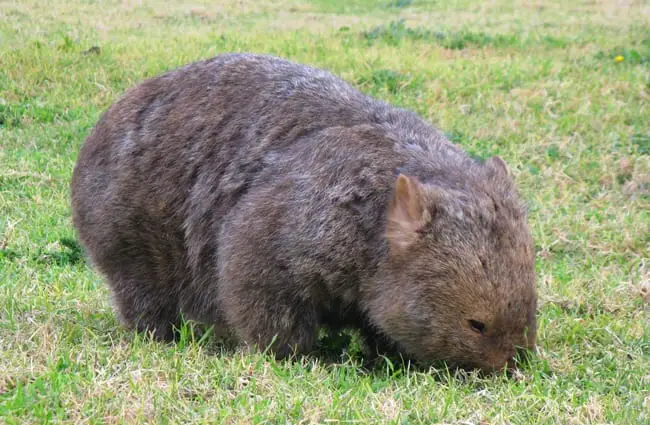
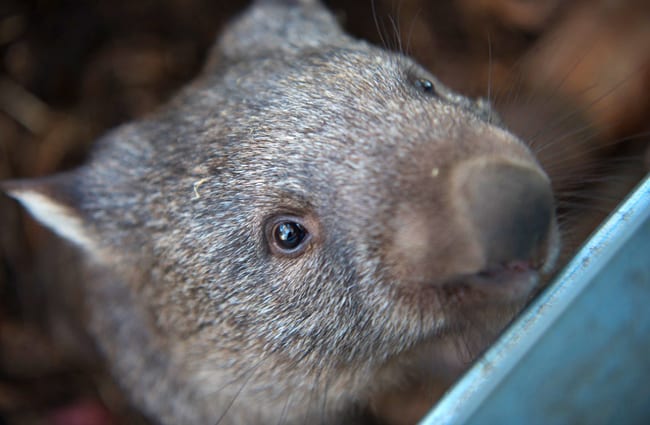
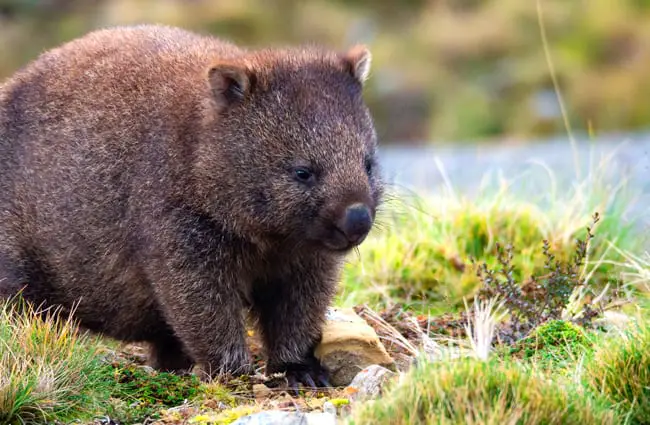
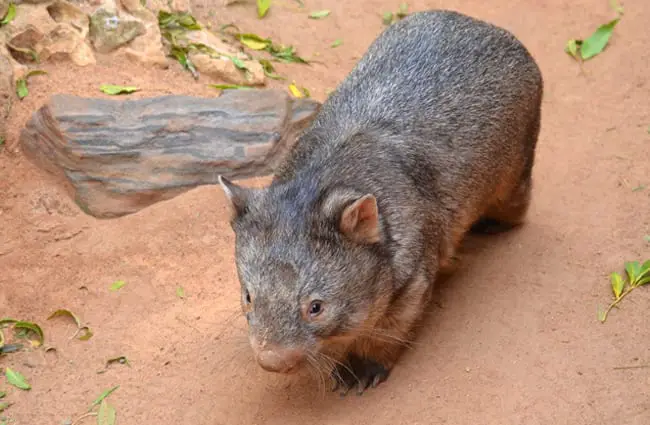


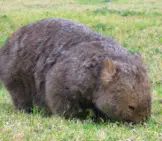


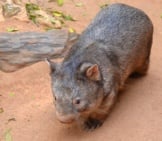
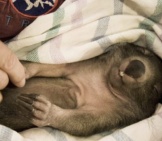
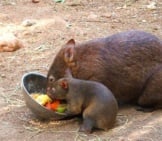
![Red Angus Closeup of a beautiful Red Angus cowPhoto by: U.S. Department of Agriculture [pubic domain]https://creativecommons.org/licenses/by/2.0/](https://animals.net/wp-content/uploads/2020/03/Red-Angus-4-238x178.jpg)












![Red Angus Closeup of a beautiful Red Angus cowPhoto by: U.S. Department of Agriculture [pubic domain]https://creativecommons.org/licenses/by/2.0/](https://animals.net/wp-content/uploads/2020/03/Red-Angus-4-100x75.jpg)

